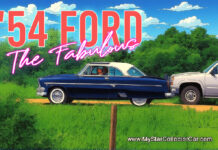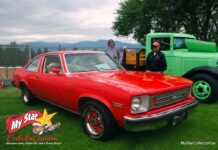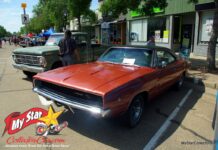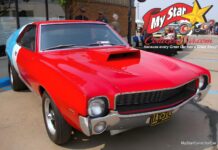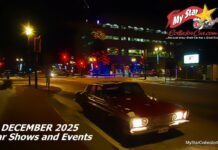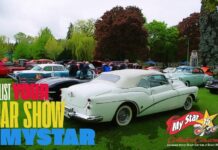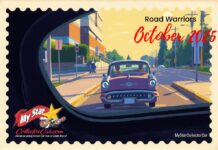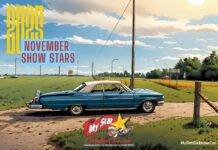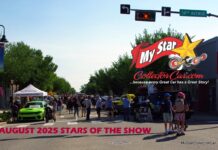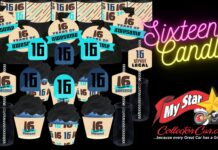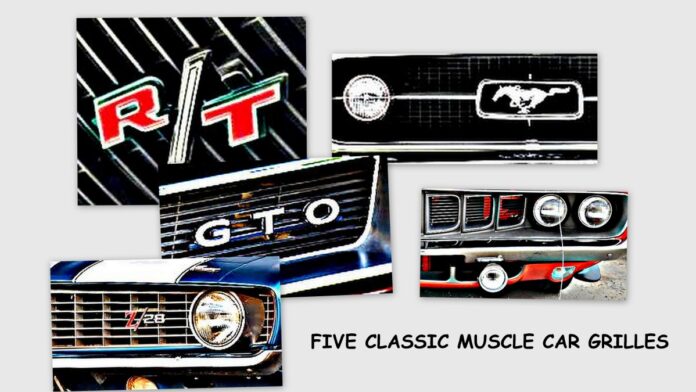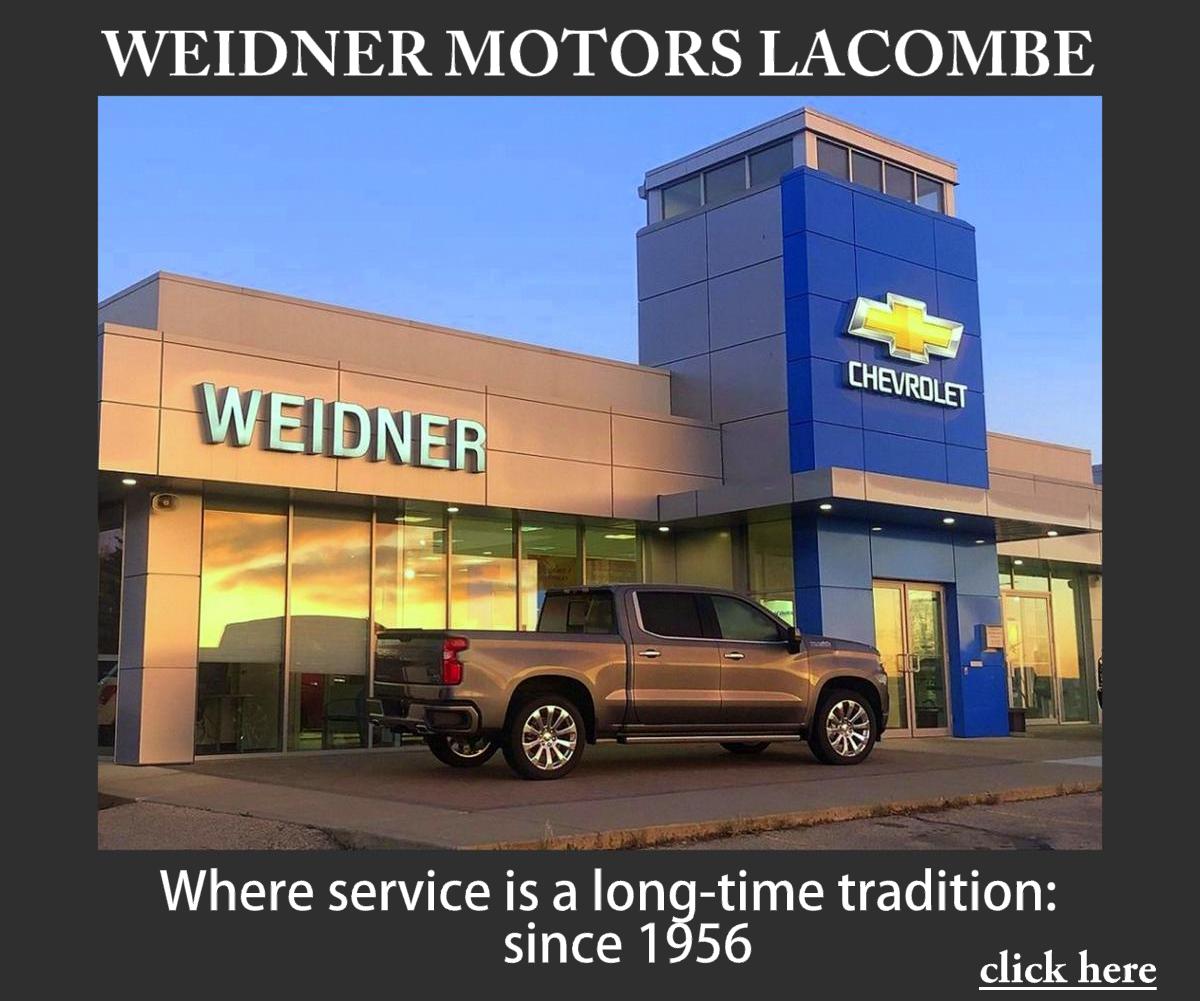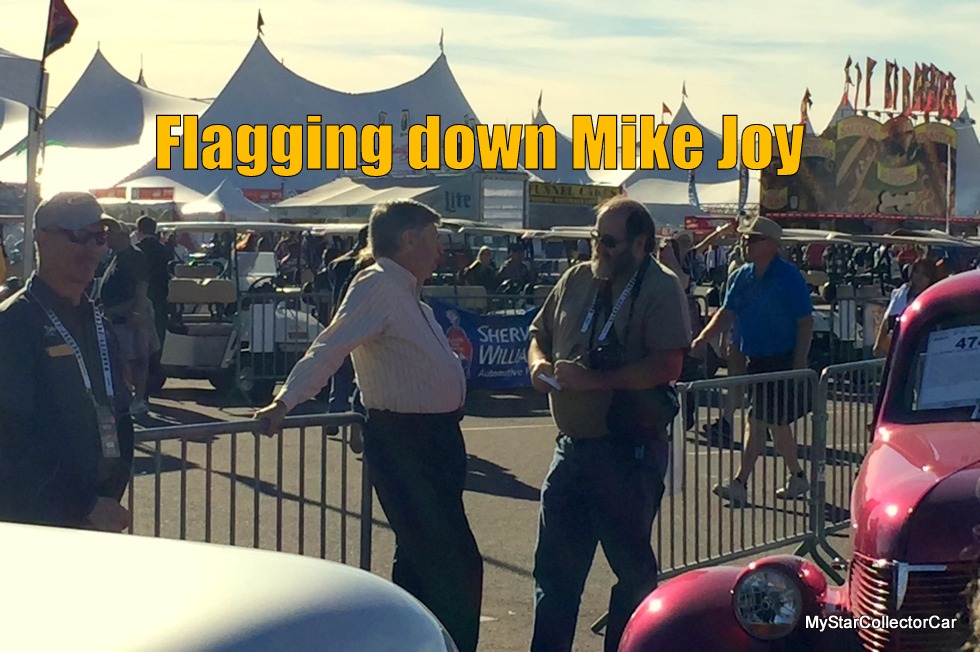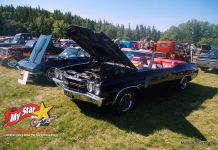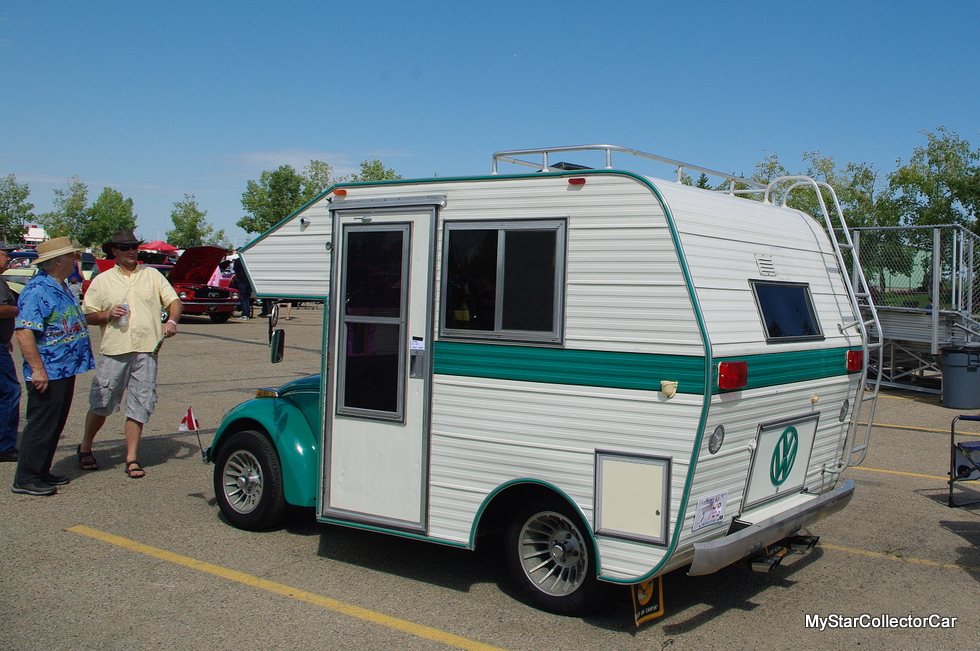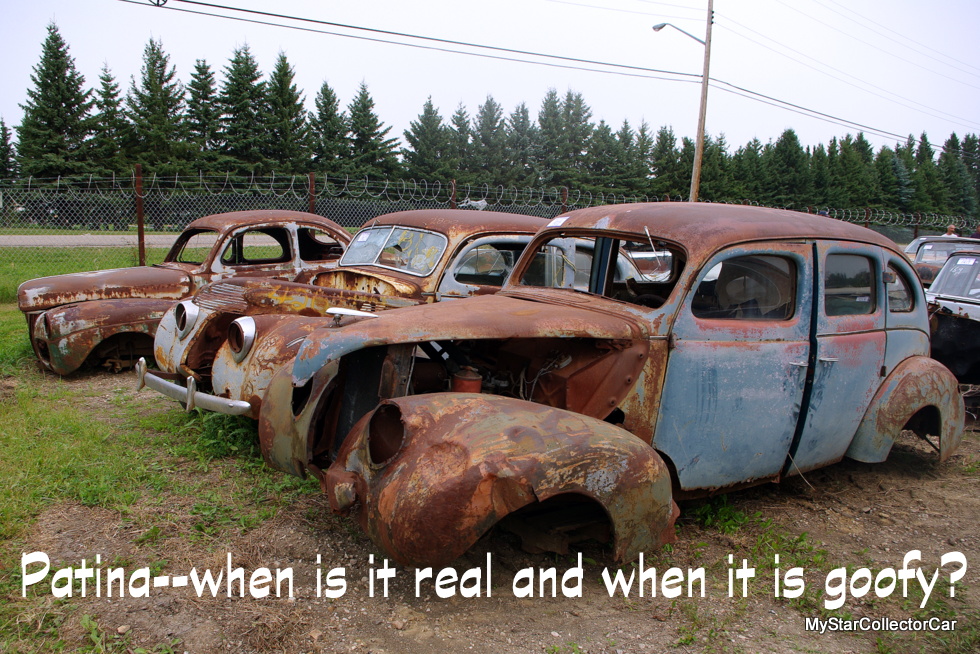You’ve likely seen all five of these cars in big numbers at any given car show.
Here are five classic grilles from the golden era of muscle cars.
Jerry Sutherland
The first example is the 1965 Pontiac GTO.
It’s common knowledge that the 1964 GTO was the first version of this legendary muscle car brand. The ’64 GTO was based on the mid-sized Tempest A-body platform, so it was a clean-looking car with a few extra bulges to make it a prototype muscle car.
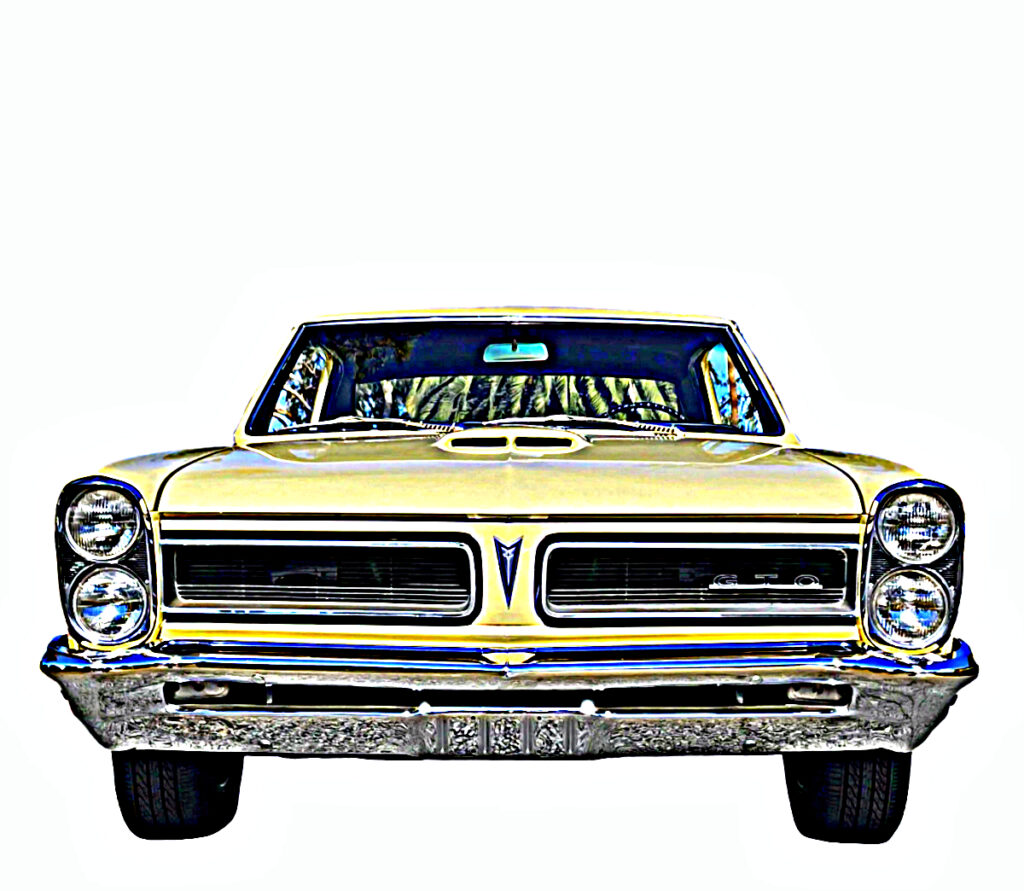
The ’65 GTO was still sitting on the A-body platform—but now it had vertical headlights. That tweak plus an extra three inches in length made this GTO bigger and bolder. The grille was the final touch because the ’65 GTO grille was the definitive version thanks to its clean look, stacked headlights and bold GTO badge on the driver’s side.
Mustangs have come in many forms since 1964, but 61 years later the most outstanding grille came on the 1967 Mustang GTA.

This pony was longer, wider and faster, but the grille had factory fog lights that set the tone for a classic 1960s look. The 1967 Mustang GTA had the perfect grille in my Mustang world—Ford guys may point to any one of the other 59 versions.
The third classic grille from the muscle car era came on the 1968 Charger R/T.
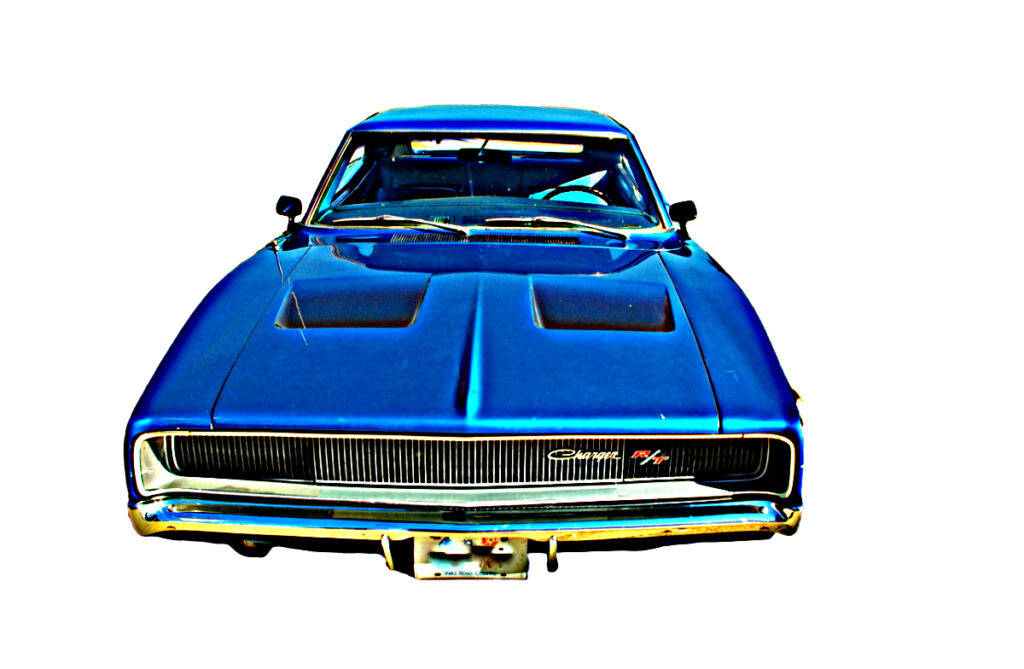
Mopar guys are always in an eternal debate between the 1968 full grille and the split version on the ’69 Charger. I think the Dukes of Hazzard ’69 Charger played a big role in this debate, but for me the classic 2nd Gen ’68 Charger with the RT option set the bar—Dukes or no Dukes. That R/T badge was a work of art—it added magic to a masterpiece.

The 1969 Camaro Z/28 is another classic muscle car with two camps.
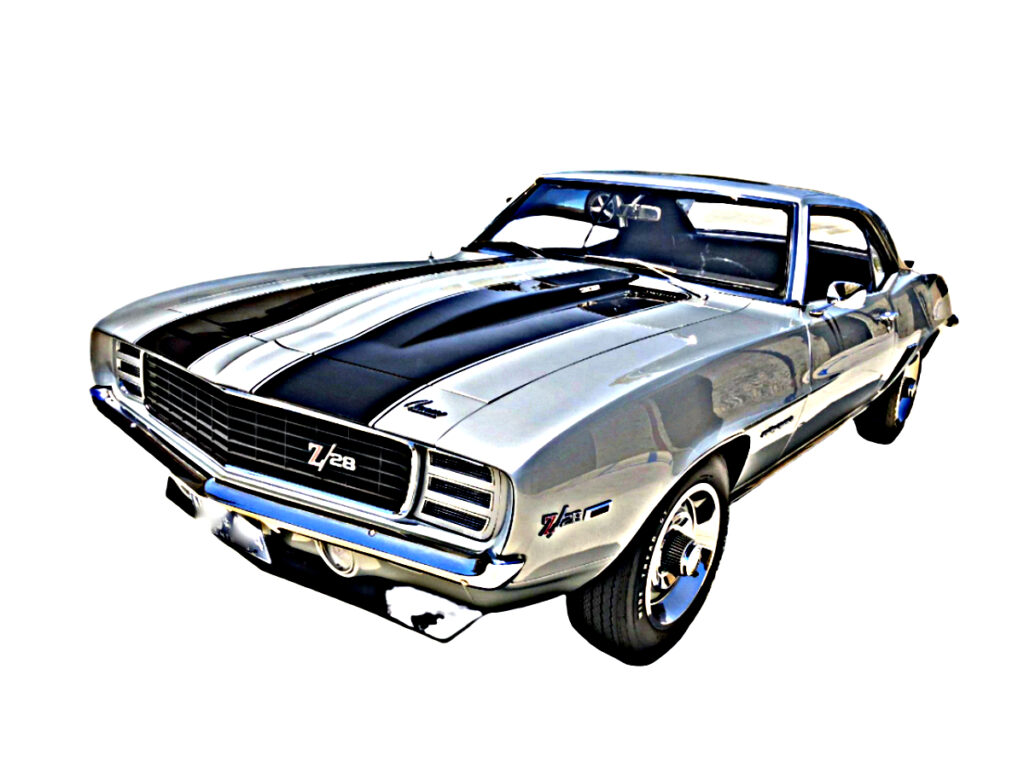
They came with hideaway or open headlights and Chevy guys are definitely split on what’s cooler. I have no problem defining the best version—it’s the one with the hidden headlights.
Chevy perfected hidden headlights on the 1969 Camaro Z/28—there were two retractable horizontal bars protecting the headlights on Chevy’s legendary pony car. They were bookends to the blacked-out grille that overlooked a subtle chrome bumper. The Z/28 badge was perfect because it was big enough to see, but not too big to stray from the clean front end.
The last example is the 1971 Cuda.
These cars gained status because they were the only dual-headlight version of the Barracuda. I’m more of a traditional single-headlight ‘cuda guy, but the one-year-only ’71 Cuda has a cult following.
The ‘71 had three openings in the grille that came to a canted point in the center of the grille to mimic the gills of a barracuda—the fish, not the car. The iconic look of the ’71 is one reason why you have to sell a kidney just for the down payment in 2025.
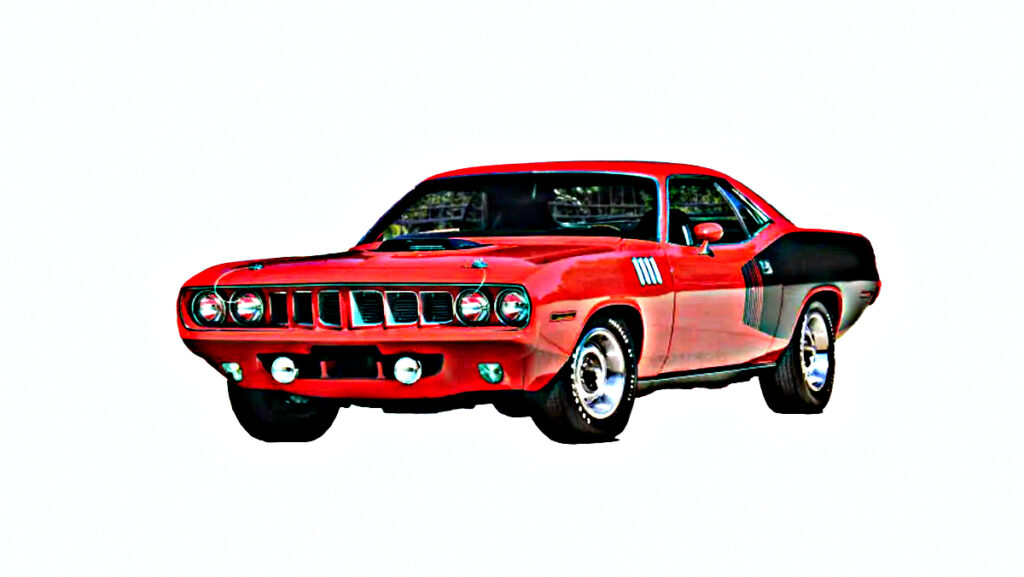
These five classic muscle car grilles are hiding in plain sight at most car shows, so you’ll see many examples–you may disagree on my choices.
No problem—there’s nothing better than a good car guy debate.
Jerry Sutherland
By: Jerry Sutherland
Jerry Sutherland is a veteran automotive writer with a primary focus on the collector car hobby. His work has been published in many outlets and publications, including the National Post, Calgary Herald, Edmonton Journal, Ottawa Citizen, Montreal Gazette, Saskatoon StarPhoenix, Regina Leader-Post, Vancouver Sun and The Truth About Cars. He is also a regular contributor to Auto Roundup Publications.
- CLICK HERE TO SIGN UP FOR THE NEWSLETTER
- CLICK HERE to Like us on Facebook
- CLICK HERE to Follow us on Twitter
- CLICK HERE to Follow us on Pinterest




